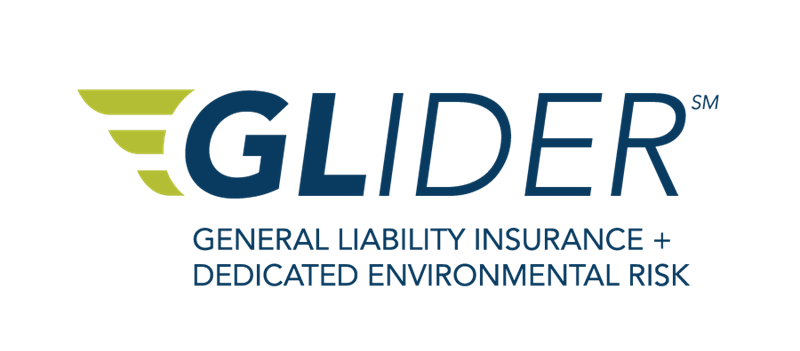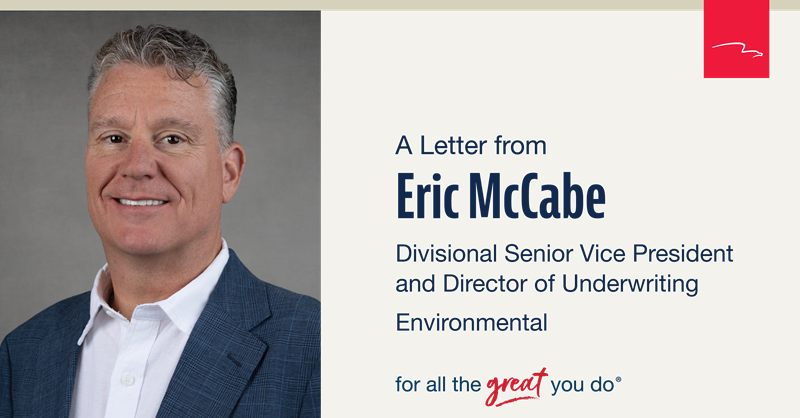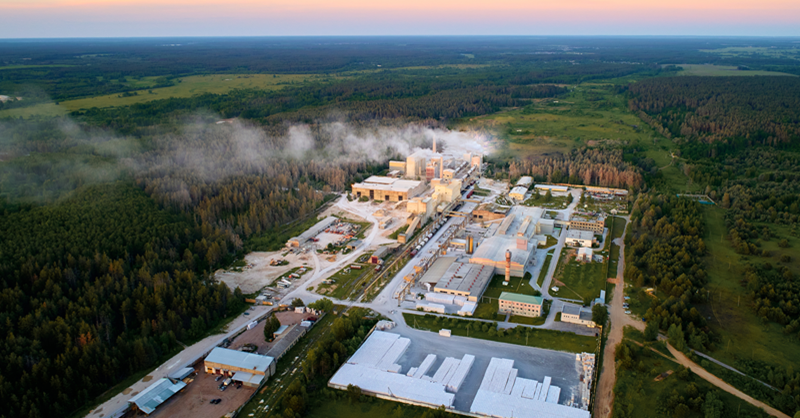2025 Industry Trends

Be ready when life happens. These industry-trend situations illustrate the variety of environmental exposures that could affect your customers!
New regulations and stricter state and federal regulatory standards have been promulgated for the “forever chemicals” over the past several years. In July 2024, the US EPA established new drinking water standards for certain PFAS chemicals. Consider this…
During required drinking water quality sampling, a local municipality that derives the majority of its water supply from groundwater identified the presence of PFAS in two of its wells. Former and current industrial operations located with the wellhead capture zone were identified as possible sources of the PFAS and were required to conduct site assessments. Based on the results of the investigations, the current and former property owners of the sites with PFAS were required to conduct further remediation and to contribute to the municipality’s costs for treating impacted drinking water.
Civil actions brought by environmental non-governmental organizations (NGOs) continue to occur and may increase in 2025 in frequency, particularly if the new EPA administration reduces enforcement activities. Consider this…
Based on publicly available environmental data for industrial stormwater monitoring, the local clean water citizen group alleged that a logistics terminal at a port facility was illegally discharging pollutants into the adjacent bay via stormwater runoff. A notice of intent to sue was issued to the property owner under the Clean Water Act. Defense costs and subsequent settlement costs were incurred by the insured to respond to the allegations and settlement of the suit.
Class action lawsuit can draw large amounts of media attention to companies and emerging contaminants. Consider this…
A punitive class action is filed by residents of a rental community against the insured landlord and insured property manager for alleged bodily injuries due to a legionella outbreak in the community that residents say stems from water towers owned and operated by the landlord. Significant defense and settlement costs are subsequently incurred by the insured.
Mold and indoor air quality claims continue to occur at high frequency due to their expensive and persistent nature. Consider this…
A tenant in a multi-family residential building complained to the property manager of water infiltration and mold in their bedroom closet and on their possessions. Upon inspection, a water leak from an adjacent vacant unit was discovered. Due to the water intrusion and high humidity, mold growth was also present behind the drywall. Remediation of the unit required vacating the unit for a 30-day period, removal of all wet and moldy materials, replacement of the tenant’s damaged property, sanding of wooden framing, and unit restoration. The tenant subsequently filed a lawsuit against the property owner claiming bodily injury and medical complications due to mold exposure. The tenant refused settlement offers and received a significant jury award when the case went to trial.
We’ve seen redevelopment efforts increase over the past few years, and with them comes new environmental risks. Consider this…
During development of a solar panel farm on a former landfill, a 500-year rainstorm event overwhelmed sediment and stormwater controls, causing sediment-laden stormwater runoff to flow into a nearby stream and wetlands located on adjacent private property. The property owner sued the developer for property damage, and the state regulatory agency issued civil fines and penalties, and required restoration of the stream and wetlands.
Numerous new battery storage facilities are being constructed to meet the demand for clean energy storage and use. Consider this…
A fire broke out at a large lithium-ion storage facility. The fire sent plumes of potentially toxic smoke into the air and over 5,000 residents and businesses were forced to evacuate. Due to the nature of the fire, it took three days to extinguish and emergency responders were injured due to exposure to the fumes emitted during the fire. A class action lawsuit was filed on behalf of the responders and the surrounding property owners claiming bodily injury and business interruption.
The claims scenarios depicted above illustrate the variety of environmental exposures your clients may face. All situations are unique! The terms, conditions, exclusions and limitations in any policy may vary. Our team of experienced underwriters, dedicated claims handling unit and technical support staff understands these unique environmental exposures and can work with you to help tailor a policy to find acceptable coverage and claim solutions for your clients!
To help you address these as well as other environmental exposures with your clients, visit our Claims Scenario Library. You can find more examples illustrating the various environmental exposures that could affect your customers!









.png?sfvrsn=396e21b1_2)




